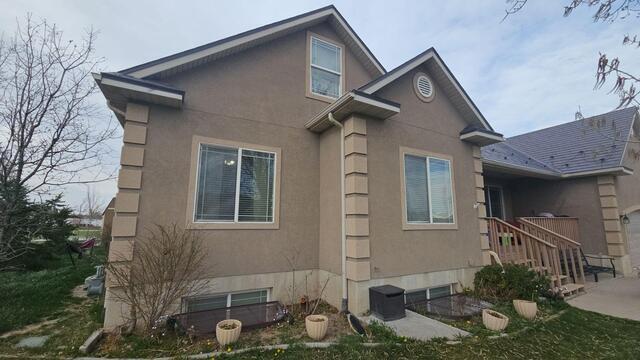
Front of the House
Upon arriving at a client's home for a gutter estimate, We assess the exterior structure, focusing on the roofline, fascia boards, and existing gutters, if present. This helps us gauge the home's unique requirements, including potential problem areas for water runoff, debris accumulation, or any signs of current water damage. We take detailed measurements along the roofline, examining the layout of each section to determine where downspouts should be optimally placed for efficient drainage. During this evaluation, we'll also look out for any areas that might need extra protection, such as valleys where water flow may be heavier, or parts of the roof that might see significant tree debris. With these details, we can recommend the right materials, gutter styles, and optional add-ons like gutter guards. We walk the homeowner through our observations, explaining the benefits of each choice, and answer any questions they may have. This careful, tailored approach allows us to deliver an accurate, competitive estimate that addresses the homeowner's needs and ensures their gutters will be durable and effective for years to come.
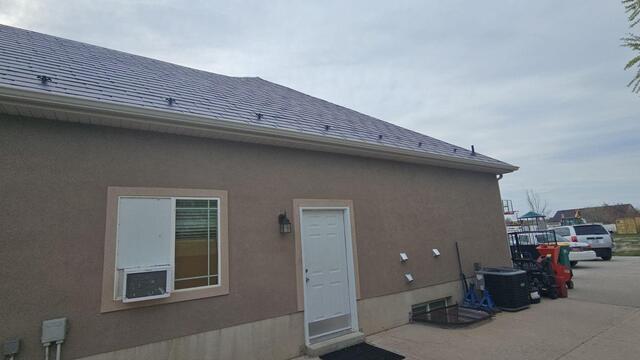
Right Side of the Home
During our inspection for downspout placement, we carefully assess the property to ensure optimal water management. We start by examining the slope of the landscape and identifying areas that naturally direct water away from the foundation. Downspouts are essential in guiding water flow, so we carefully evaluate each gutter segment to determine the most effective locations. Proper spacing is crucial-installing too few downspouts can cause overflow, while too many can be excessive, impacting both functionality and aesthetics. We pay particular attention to driveways, walkways, and patios, as these areas benefit from downspouts positioned to minimize puddling and prevent erosion. In some cases, we recommend downspout extensions to direct water even farther away from the home's foundation or tie into an existing drainage system for enhanced control. We also discuss with the homeowner any specific concerns, like basement flooding or landscaping issues, to ensure our downspout configuration fits their needs. With every detail in place, we offer our recommendations, ensuring a durable and effective solution for the long term.
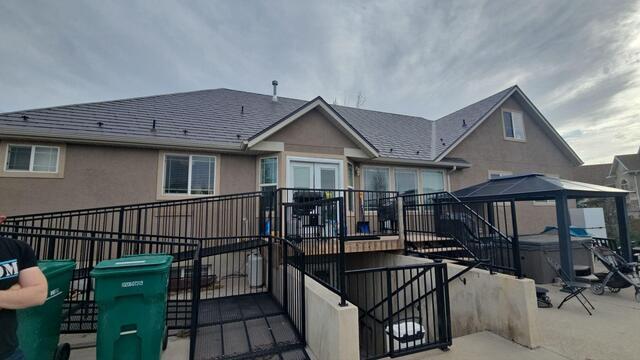
Back of the House
When inspecting the back of a home for gutter and downspout placement, we consider the unique layout and potential drainage challenges of this often-used area. The back of the house typically features outdoor living spaces, like patios, decks, or gardens, which are susceptible to water runoff and require particular attention. We assess any low-lying areas where water might naturally collect, as well as landscaping or hardscaping that could be affected by poor drainage. In addition to checking for signs of existing water damage, we examine the roofline, taking note of any valleys or extensions where water might flow heavily during storms. This part of the home may also feature landscaping elements like flowerbeds or shrubs, which we want to protect by directing water flow strategically. If necessary, we recommend specific downspout placements and extensions to prevent water from pooling around patios or walkways, ensuring these areas remain dry and usable. By thoroughly assessing these details, we provide a customized solution that preserves both the home's foundation and the homeowner's outdoor enjoyment.
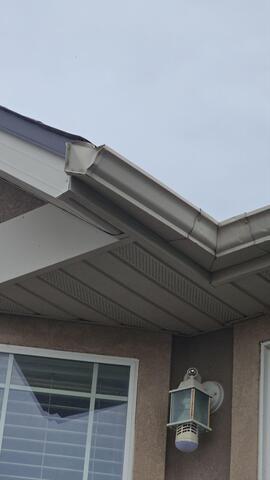
Destroyed Gutter
When inspecting the gutter system, discovering a worn-out or broken end cap is a common issue that can lead to larger problems if left unaddressed. The end cap, designed to seal the gutter's edge, plays a crucial role in preventing water from spilling over or seeping behind the gutter. A broken or loose end cap can allow water to leak out, causing damage to the home's fascia, siding, and even the foundation if the water isn't properly directed. When we find this kind of issue, we examine the extent of the wear and check if there are any other vulnerable spots along the gutter line. We explain the problem to the homeowner, showing them how the compromised end cap affects the overall performance of the gutter system. We then discuss replacement options and ensure a snug, watertight seal that will help prevent future leaks. Addressing these small repairs during our inspection saves the homeowner from more extensive damage and ensures their gutter system performs effectively for the long term.
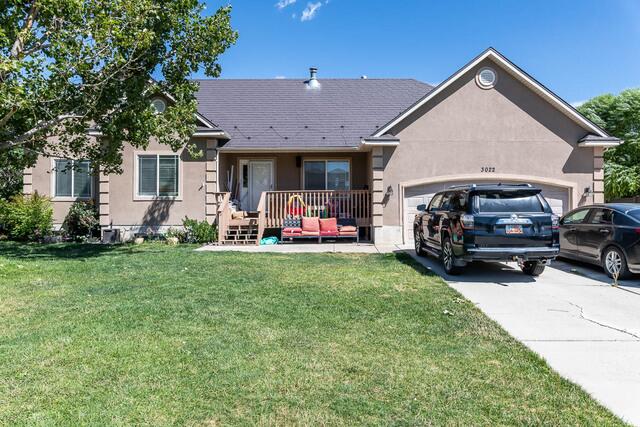
1
front
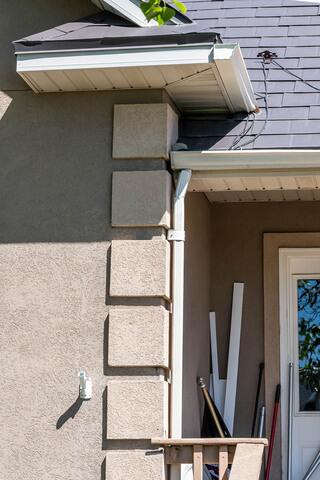
Downspout by front
downspout
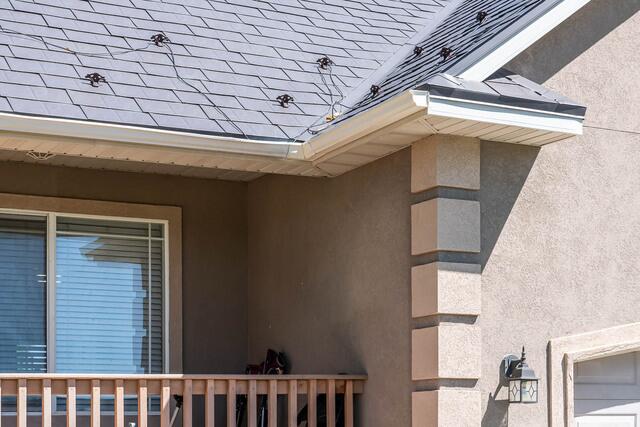
3
right side
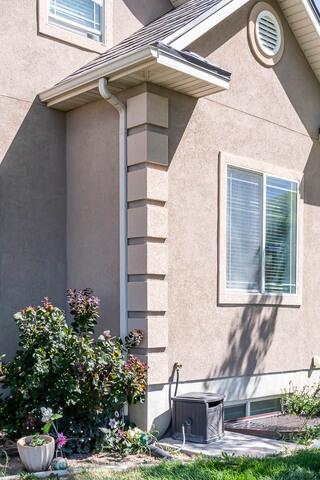
4
downspout

5
We will carefully remove the existing gutters and downspouts from the home, taking care to minimize any impact on surrounding landscaping and structures. After detaching each section, we'll thoroughly clean the area, ensuring no debris or hardware is left behind. Since this system does not have gutter guards, there won't be a need for additional steps to remove them. Our team will dispose of the old gutters and downspouts responsibly, leaving the site clean and prepared for any new installation or further inspection that may be needed. This thorough approach ensures a smooth transition for any future updates to the gutter system."
.png)

